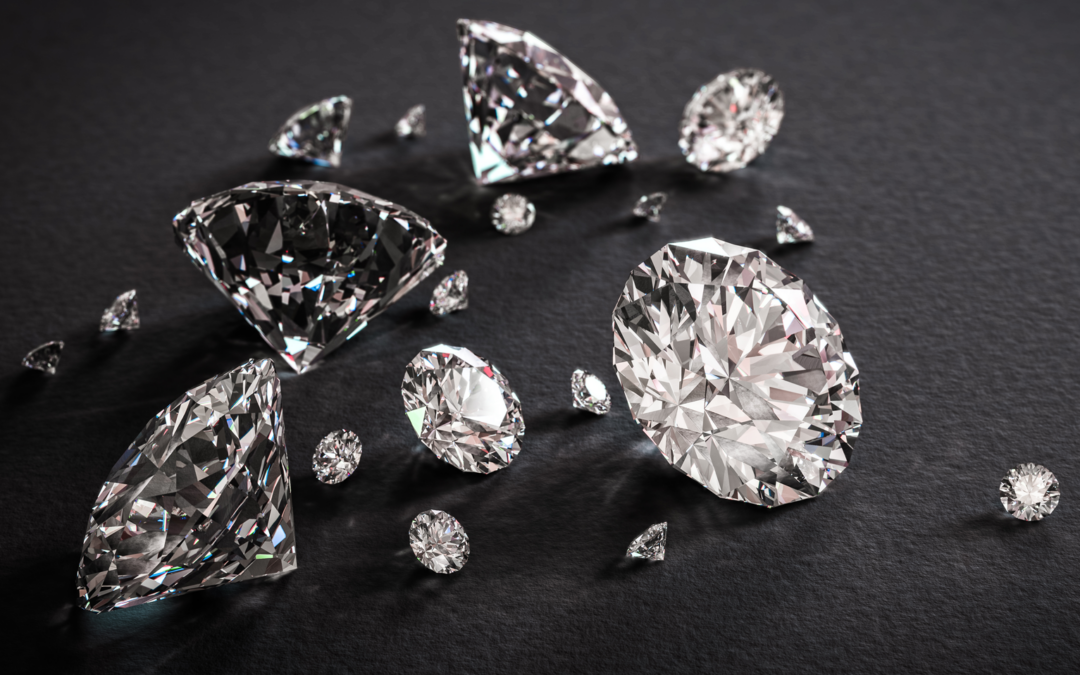
In recent years, lab grown diamonds investment has gained significant traction among investors and consumers alike. Unlike traditional diamonds, which are mined from the earth, lab-grown diamonds are created using advanced technology. This shift in the diamond market has not only made diamonds more accessible but has also opened up a new avenue for investment.
Understanding Lab-Grown Diamonds
Lab-grown diamonds are chemically, physically, and optically identical to natural diamonds. They are produced using two primary methods: High Pressure High Temperature (HPHT) and Chemical Vapor Deposition (CVD). Both methods simulate the natural processes that create diamonds deep within the Earth. As a result, investors are increasingly viewing lab-grown diamonds investment as a viable option, thanks to their purity and ethical sourcing.
Investing in lab-grown diamonds allows buyers to acquire high-quality gemstones at a fraction of the cost of their natural counterparts. With lower prices and rising consumer demand, the investment potential for lab-grown diamonds is becoming clearer.
The Economic Landscape of Lab-Grown Diamonds
The global diamond market has seen a significant shift due to the rise of lab-grown diamonds. According to recent market analyses, the lab-grown diamond sector is expected to grow substantially over the next decade. This growth presents unique opportunities for lab-grown diamonds investment.
Traditional diamond mining is fraught with challenges, including ethical concerns and environmental impact. In contrast, lab-grown diamonds are produced with a lower carbon footprint. This eco-friendliness appeals to a growing segment of environmentally conscious consumers, making lab-grown diamonds investment an attractive option.
The Advantages of Investing in Lab-Grown Diamonds
One of the primary advantages of lab-grown diamonds investment is the price. lab diamonds are typically 20-40% cheaper than natural diamonds, making them an accessible investment choice. Investors can purchase larger stones or higher quality gems without breaking the bank. This affordability is crucial for those looking to diversify their investment portfolios.
Moreover, lab-grown diamonds are gaining acceptance in the luxury market. High-end retailers are increasingly offering lab-grown options, which further legitimizes their value as an investment. As consumer preferences shift toward ethical and sustainable products, lab-grown diamonds investment is expected to flourish.
Risks and Considerations in Lab-Grown Diamonds Investment
Like any investment, lab-grown diamonds investment comes with its own set of risks. One significant concern is the potential for market saturation. As more companies enter the lab-grown diamond market, prices could stabilize or even decrease, affecting overall investment returns.
Additionally, the resale market for lab-grown diamonds is still developing. Unlike natural diamonds, which have a long-standing resale history, lab-grown diamonds may not yet command the same prices in the second-hand market. Therefore, investors must carefully consider their exit strategy when engaging in lab-grown diamonds investment.
How to Start Investing in Lab-Grown Diamonds
If you’re interested in lab-grown diamonds investment, there are several pathways to explore. One option is to purchase diamonds directly from retailers specializing in lab-grown stones. Look for companies with a solid reputation and transparent sourcing practices.
Alternatively, consider investing in companies that produce lab-grown diamonds or those involved in the wider supply chain. Many firms are publicly traded, offering stocks that could provide exposure to the growing lab-grown diamond market. This route allows investors to benefit from the industry’s expansion without purchasing physical diamonds.
The Future of Lab-Grown Diamonds Investment
The future of lab-grown diamonds investment looks promising. As technology advances and production methods improve, the quality and variety of lab-grown diamonds are expected to increase. Furthermore, the growing acceptance of lab-grown diamonds in both the consumer and investment markets indicates a robust future.
Industry experts predict that lab-grown diamonds could capture a significant share of the overall diamond market within the next decade. As consumer awareness continues to rise, so does the potential for lucrative investments in this space. Investors who act now may be well-positioned to benefit from the upcoming surge in demand for lab-grown diamonds.
Conclusion
In conclusion, lab-grown diamonds investment presents a unique opportunity for both seasoned investors and newcomers. With their ethical sourcing, affordability, and growing market acceptance, lab-grown diamonds are poised to become a significant player in the luxury goods market. However, as with any investment, it’s essential to conduct thorough research and understand the associated risks.
Investing in lab-grown diamonds could not only yield financial returns but also align with values of sustainability and ethical consumerism. As the market for lab-grown diamonds continues to evolve, investors should remain vigilant and informed, ready to seize the opportunities that arise in this exciting sector.





